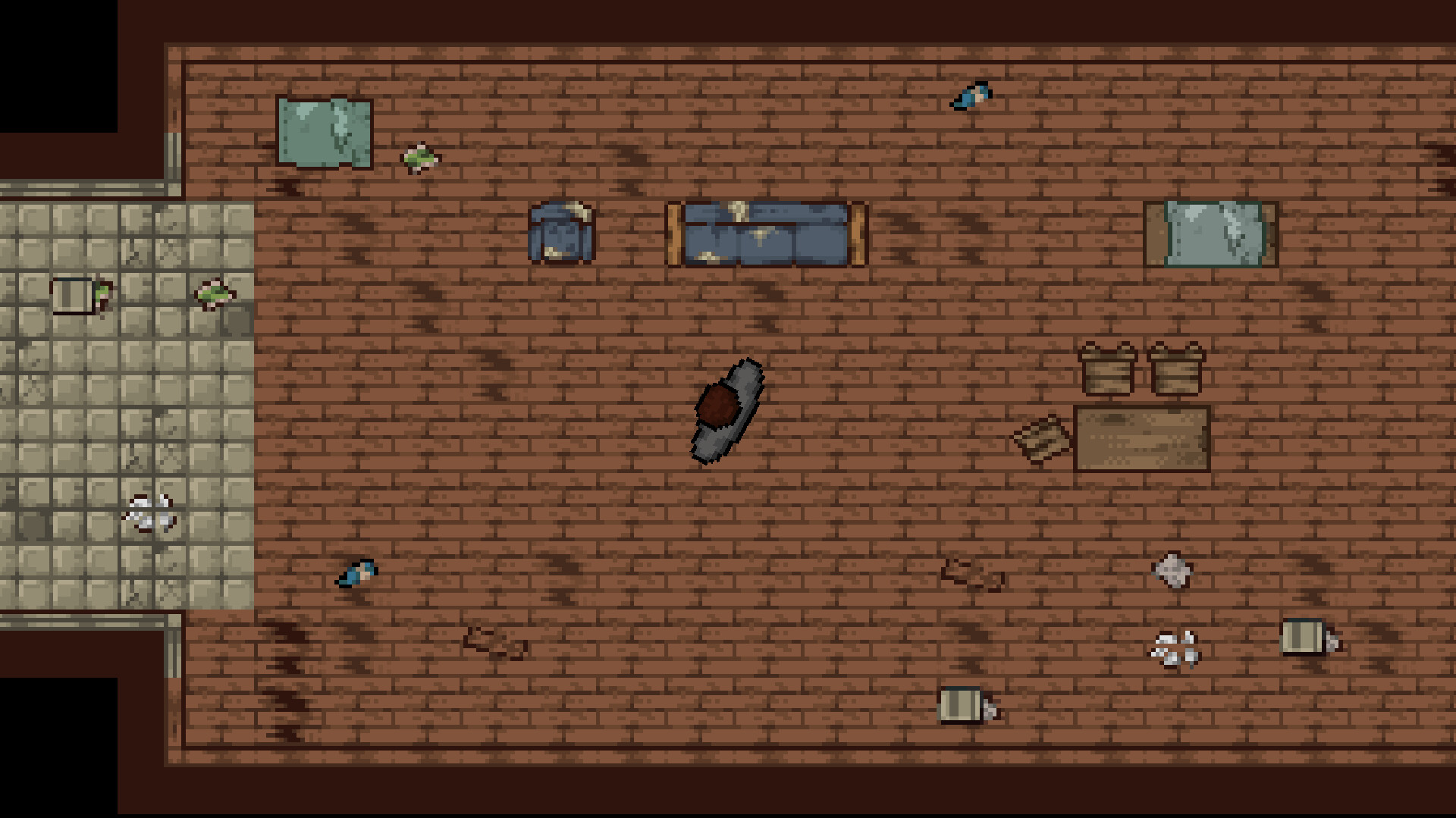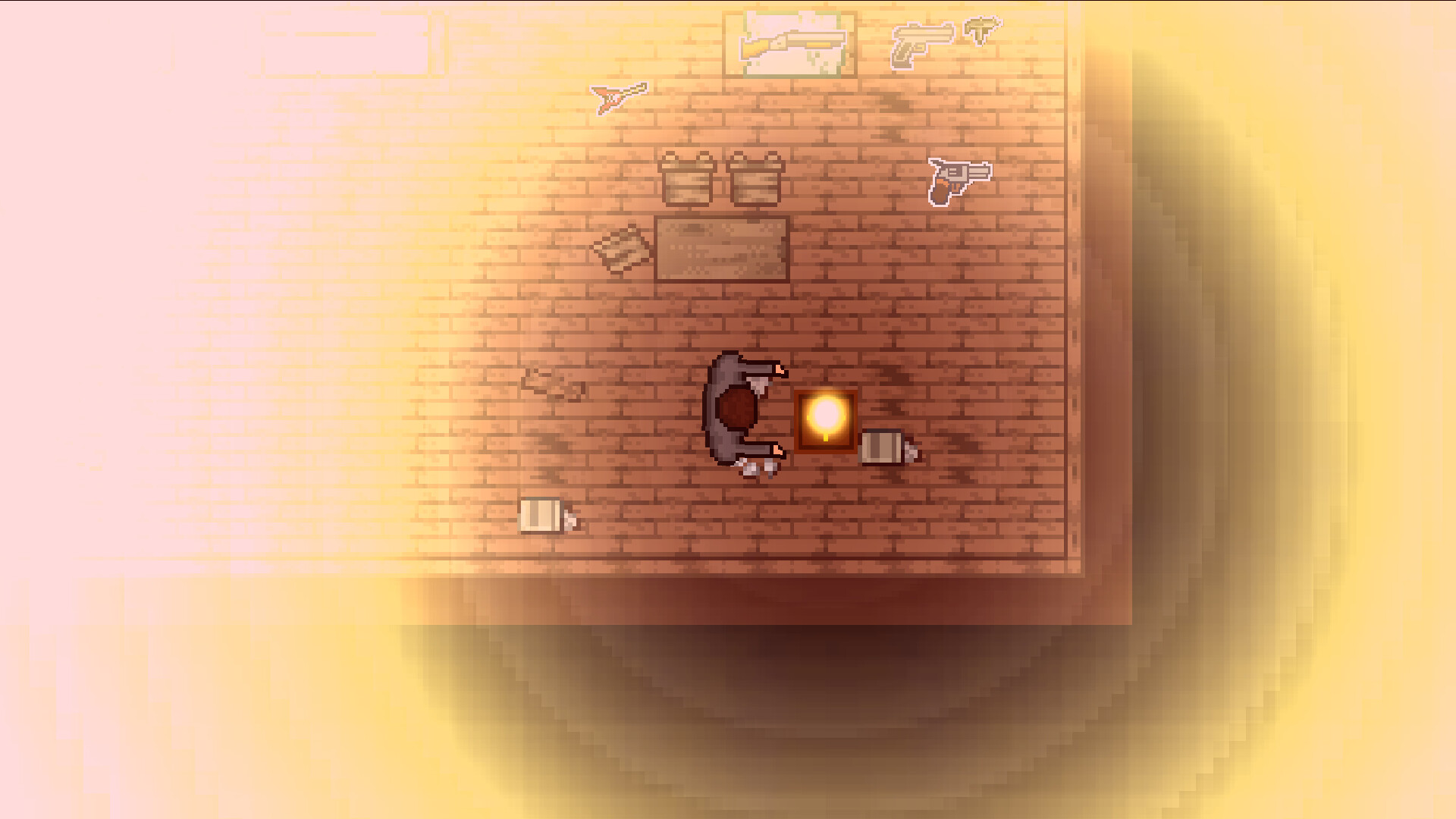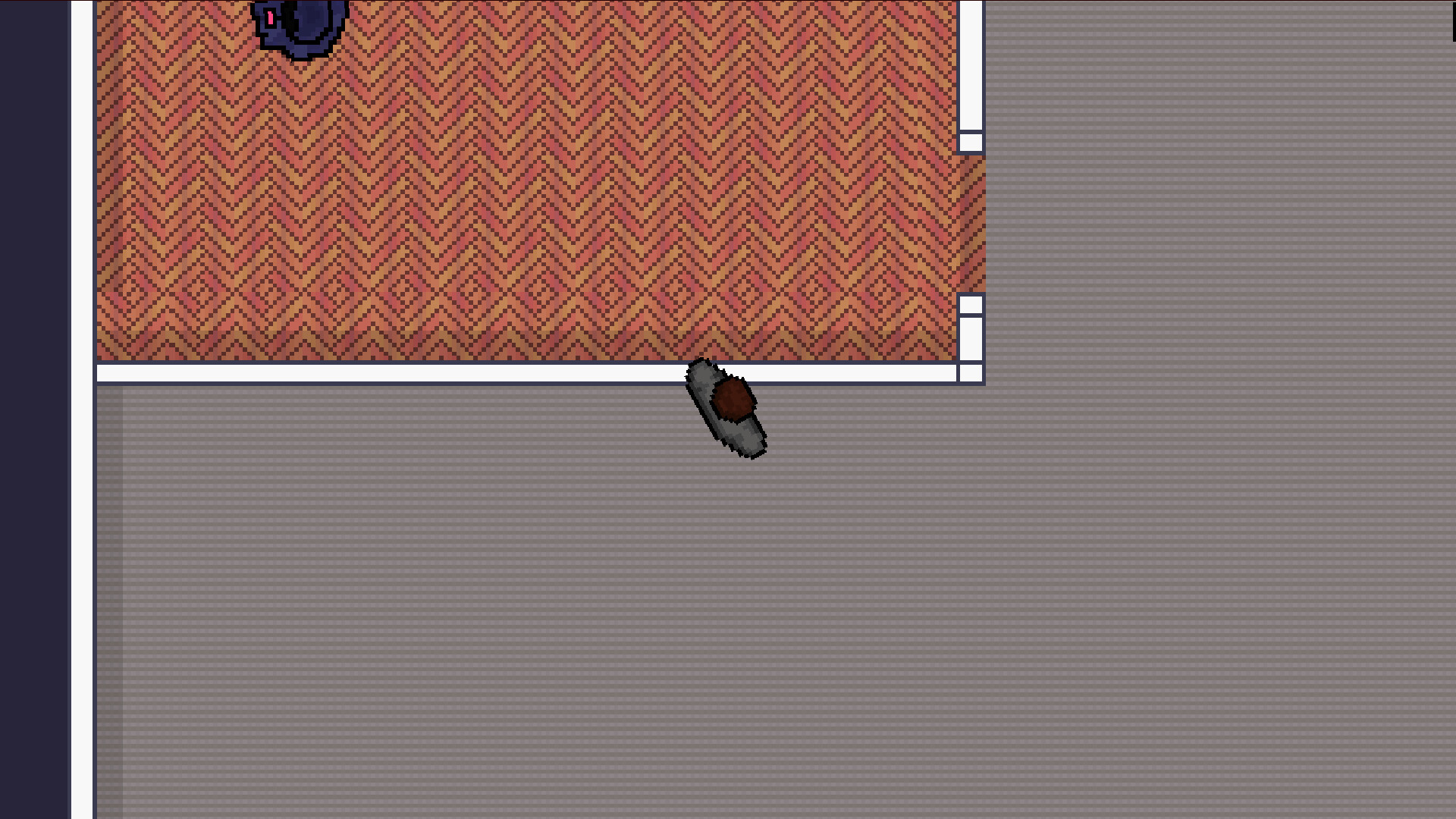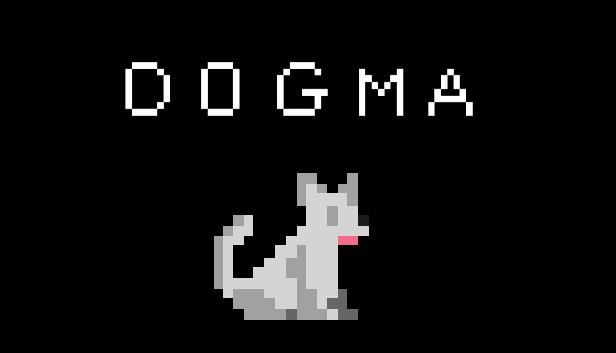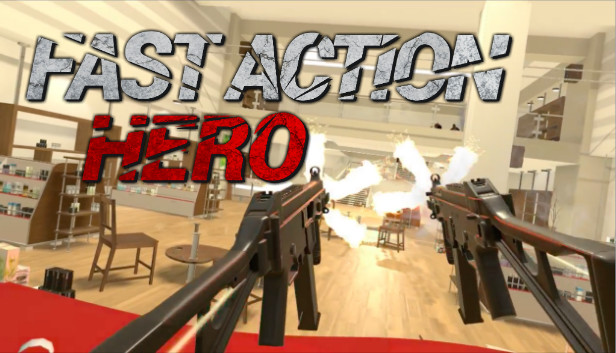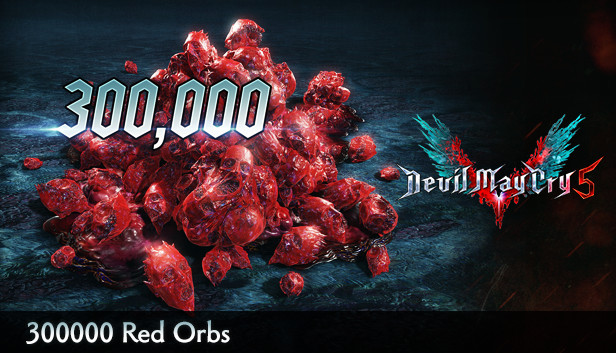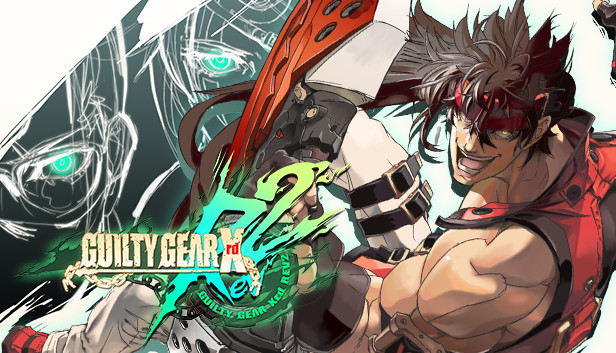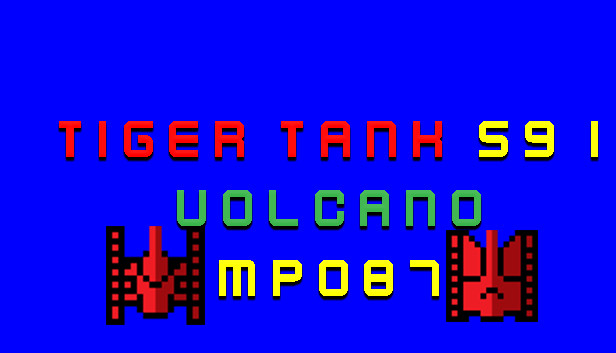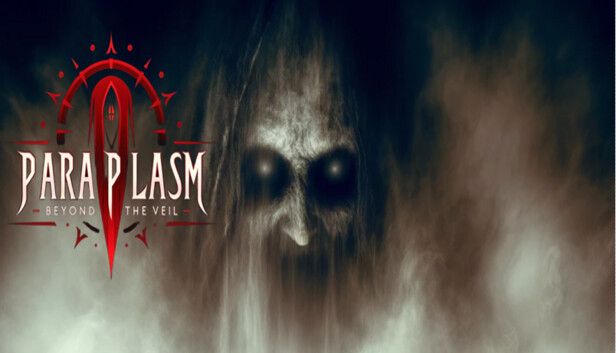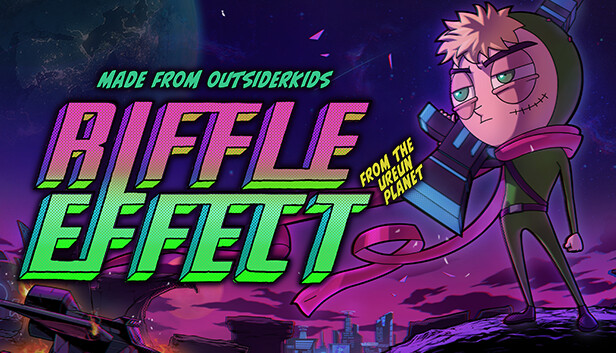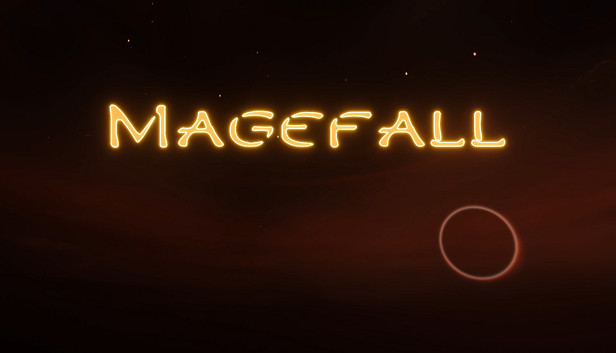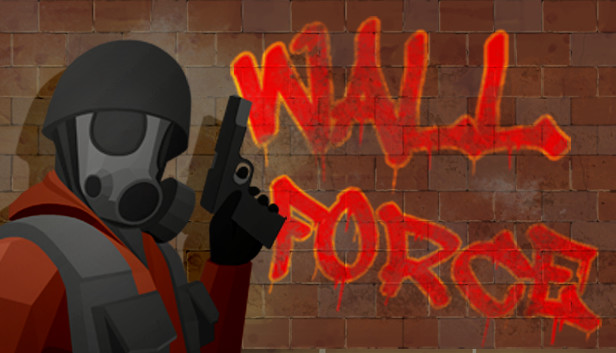People of Mine is a 2D psychological horror game that dives deep into identity, memory, and the masks we wear to hide from the truth.
You play as Jhon, a former FBI agent on a mission to eliminate a mysterious cult infecting the decaying city. But things aren’t what they seem. The enemies—called “Culinarians”—look human. Too human. And as the line between reality and memory blurs, the truth becomes harder to swallow.
Beneath the surface lies Jack, a brutal identity buried deep within the mind. Every action, every kill, is part of something greater—or something broken. You’re not just hunting monsters. You might be creating them.
Dual-identity narrative: Experience two sides of one fractured mind
Fast-paced, Hotline Miami-inspired combat with psychological weight
Unfold a surreal story told through shifting perspectives, memories, and hallucinations
Unique pixel-art style with a haunting atmosphere
Combat
Wield a variety of weapons — from pistols and submachine guns to shotguns and even a guitar with unexpected power.
Feel the impact of each shot through camera shake, recoil, and custom animations that make combat immersive and satisfying.
Each weapon features distinct damage, spread, and behavior — mastering them is key to survival.
Stealth and Tactics
Crouch, sneak, and perform silent takedowns when approaching enemies from behind.
Choose your approach: go in loud or eliminate threats quietly and disappear.
Prayer and Healing System
Heal at shrines through a unique prayer mechanic that temporarily disables movement and removes your weapon.
While praying, you’re defenseless — healing takes time and focus, forcing you to balance risk and reward.
A system of paranoia and hallucinations:
The less HP you have, the more the world changes. Sounds, phantoms....etc.
Immersion & Atmosphere
People of Mine was designed to get under your skin. Every element — from the uncanny ambient audio, to the claustrophobic camera design, to the unpredictable AI behavior — is crafted to keep your nerves on edge.
This is not a game where you "get used to the fear."
The soundtrack is not just background — it reacts to your paranoia and your decisions.
The lighting and shadows aren’t decorative — they are tools of deception.
Glitches, distortions, hallucinations: these aren't bugs. They're symptoms.
You'll question what's real, what's part of the system, and what is you slowly losing grip.
True horror is not in the monster. It's in not knowing whether you're still sane.





